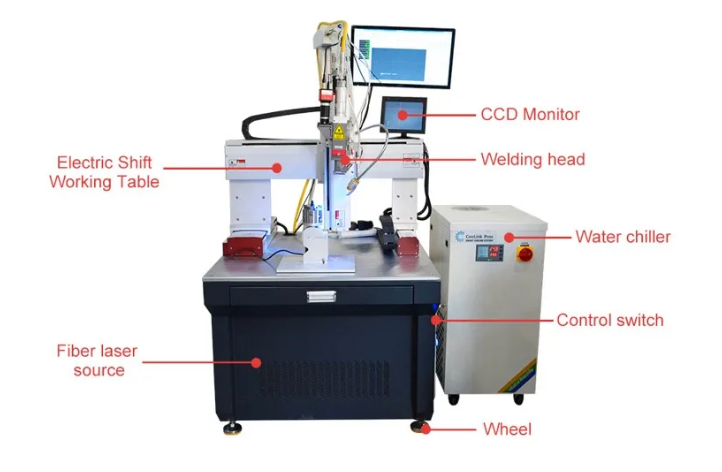
AI (artificial intelligence) is indeed used in the laser welding and cutting process to improve efficiency, accuracy and quality. Here’s how artificial intelligence fits into these manufacturing technologies;
Process optimization: Artificial intelligence algorithms analyze data from sensors and cameras in real time to optimize laser parameters such as power, speed and focus. This ensures that the welding or cutting process is carried out with maximum efficiency and minimal defects.
Predictive maintenance: Artificial intelligence can predict equipment failures and maintenance needs by analyzing data collected from sensors embedded in laser systems. This helps proactively schedule maintenance activities, reduce downtime and prevent unexpected failures.
Quality Control: AI algorithms analyze images and sensor data to detect defects or deviations in required parameters during welding or cutting. This allows for immediate adjustments to maintain high quality standards and reduces the need for post-processing inspections.
Path planning and control: In laser cutting, artificial intelligence algorithms can optimize cutting paths based on material properties and desired results, minimizing waste and maximizing throughput. In addition, the artificial intelligence-controlled robotic arm can precisely cut along an optimized path during the cutting process.
Adaptive welding/cutting: AI systems can adjust welding or cutting parameters in real time based on changes in material properties, joint geometry, or environmental conditions. This adaptive control ensures consistent results even in dynamic manufacturing environments.
Integration with CAD/CAM systems: Artificial intelligence algorithms can be seamlessly integrated with computer-aided design (CAD) and computer-aided manufacturing (CAM) systems to automatically program and optimize laser processing parameters based on the digital model of the workpiece.
Overall, the integration of artificial intelligence in laser welding and cutting processes not only improves efficiency and quality, but also enables greater flexibility and adaptability in modern manufacturing operations.
